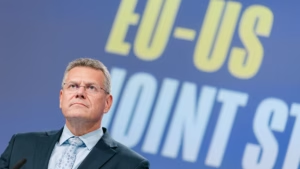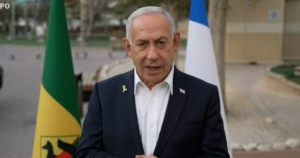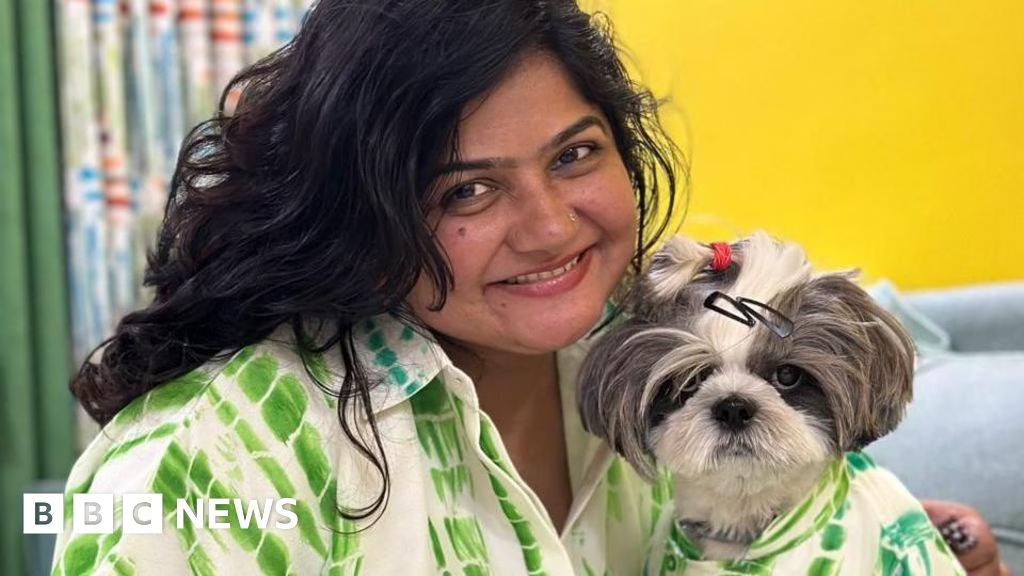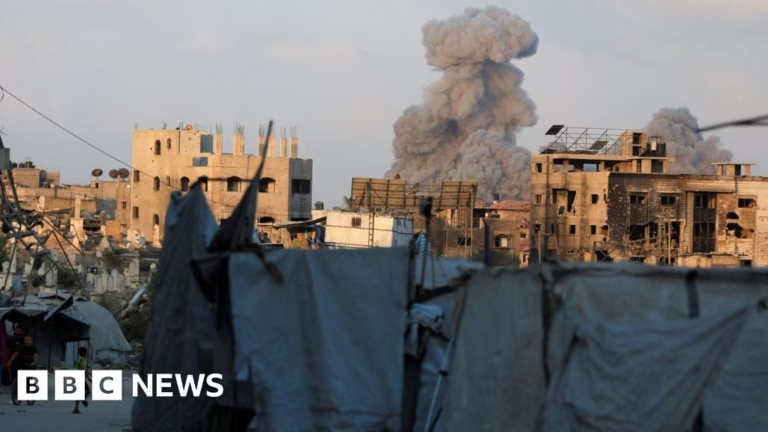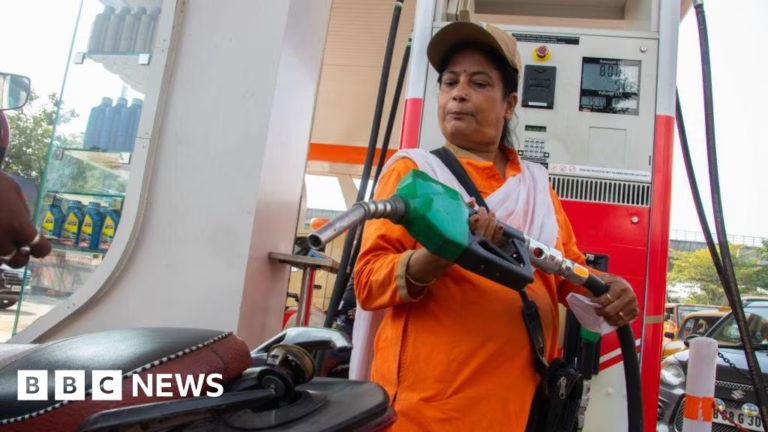For Neha Bapna, nothing ranks more significant than her dog Muffin in her life. Every time she embarks on a train journey to traverse India, the four-year-old Shih Tzu, Muffin, accompanies her – in first class. His diet strictly consists of hypoallergenic food, costing twice the price of regular dog food.
Neha, the 43-year-old Mumbai-based entrepreneur, remarks, “I’ve spent countless sleepless nights determining what food suits him. As he is my child, I do not want him to face any problem.”
The luxury of pampering pets, once a privilege of the ultra-rich, has now become a tendency among affluent and middle-class urban Indians like Neha. This growing affection towards pets has catalyzed a boom in India’s pet care industry, which has nearly doubled in value in recent years.
The pandemic significantly played a pivotal role, according to Ankur Bisen, senior partner at Technopak retail consultancy. “Covid prompted a need for companionship among those staying at home, including young mothers, new employees, and individuals who consciously decided not to have children. All these groups started leaning towards owning pets.”
The number of pets in Indian households surged from 26 Million in 2019 to 32 Million in 2024, as per a report by the consulting firm Redseer. As late marriages, smaller family sizes, and evolving social norms reshape family structures in urban India, these pets are increasingly being afforded the care and attention typically reserved for children.
Nikhil Bhushan and Lakshna Gulati, residents of Delhi, assert that raising their pets allows them to experience parenthood without complexity. The couple, without biological children, shares their home with two rescued pets – a dog named Mowgli and a cat named Marmalade.
“When we got married five years ago, we weren’t ready to have children, but after rescuing our pets, our house truly became a home – something was missing which is now complete. They give us joy, and their daily presence brightens our lives,” affirms Mr. Bhushan.
“We enjoy spoiling them,” adds Ms. Gulati. “Every time we come across a toy they might like, we immediately buy it, despite knowing it won’t last long.”
In 2024, Indians spent $3.6 billion on products and services for their pets, a substantial hike from $1.6 billion in 2019, according to the Redseer report. Emerging trends like pet boarding, insurance, and specialized veterinary care have fueled this rapid expansion.
Pankaj Poddar, chief executive of the pet care company Zigly, observes, “Two decades ago, pet care was limited to basic services like vaccinations and veterinary care. Today, people desire the best for their pets – from clothing, accessories to specialized services. I’ve seen parents spend up to 10% of their income on their pets, whether for special parties or regular checkups.”
Neha spends between $290 and $400 monthly on Muffin, mostly on travel and his special diet. She takes her dog on trips every few weeks, whether a day outing to a nearby farmhouse or a longer stay at a resort, always opting for pet-friendly accommodation, which is pricier than regular hotels.
Ms. Bapna is unperturbed by the extensive expenditure. “This is one area where I make no compromises.”
This kind of spending has skyrocketed the sales for pet care companies like Zigly. “Within the last eight to nine months, our growth has been between 7% and 10% monthly, reaching a monthly gross merchandise value of around $6.4 million and with expectations to hit $13.8 million by next year,” stated Mr. Poddar.
The Pet Point, a pet care chain offering more affordable services, has also emerged to cater to the increasingly middle-class clientele. Akshay Mahendru, The Pet Point’s co-founder, says, “For most Indian pet parents today, ‘value for money’ is more critical than premiumization. A customer prefers regular grooming services for their pet at $9 for every week rather than spending over $27.”
Experts remain optimistic that India’s pet care market has extensive growth potential, considering global trends. India’s pet care market is expected to double in the next three years and potentially exceed $10 billion by 2028, according to Redseer’s estimates.
However, obstacles still persist. The industry faces potential hurdles due to unequal economic growth, sluggish consumption, and stagnant wages. Additionally, most cities in India lack pet-friendly public spaces, hotels, and transport options, presenting multiple inconveniences to pet parents.
Whenever Nikhil Bhushan and Lakshna Gulati travel with Mowgli, they bring portable beds and disposable plates and bowls “to always be prepared during our stays,” says Mr. Bhushan. “However, issues arise when we dine out during our trips. Many places do not allow pets, limiting our options.”
Neha Bapna, too, faces similar challenges but remains optimistic. “When I first got Muffin in 2021, there were very few pet-friendly places and activities. But now in Mumbai, there are special events, resorts, and cafes that welcome pets.”
Today, Muffin attends “socialization events” to play with other dogs or goes to pet festivals with games and special pet food sampling options. “It gives me hope,” Neha Bapna smiles.
–BBC
Source: https://www.bbc.com/news/articles/cqjdvzyppyno
